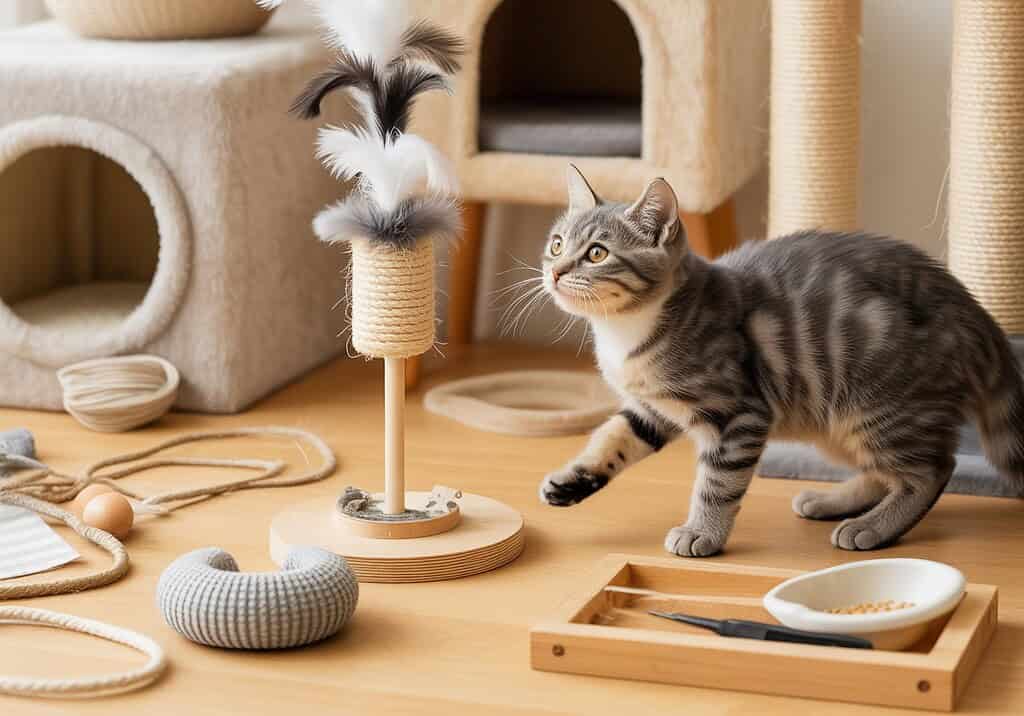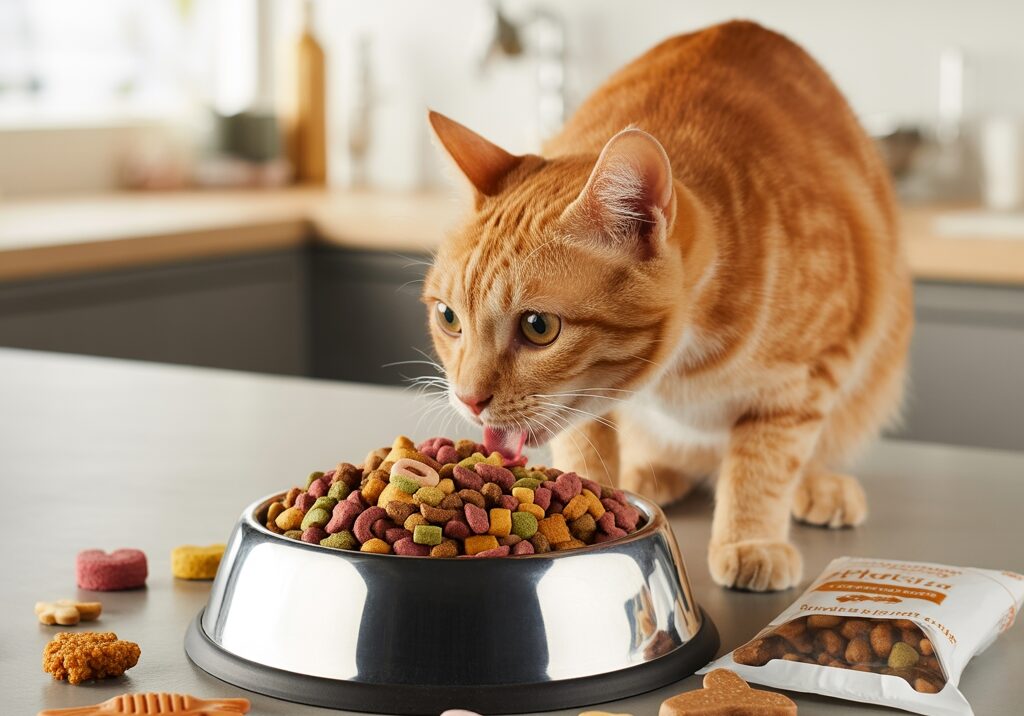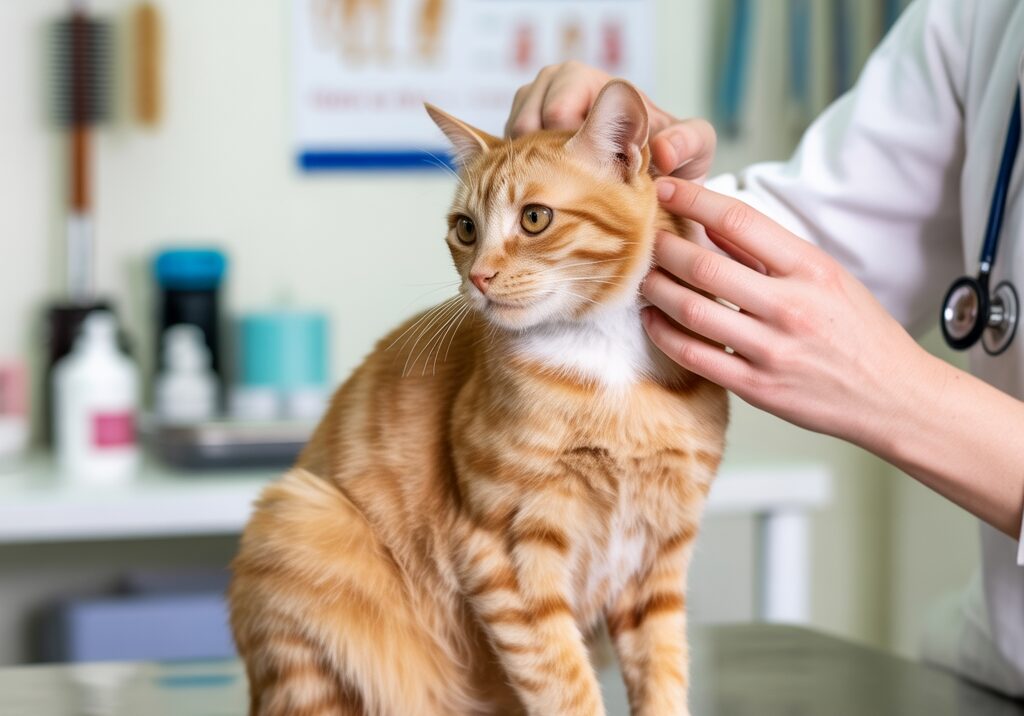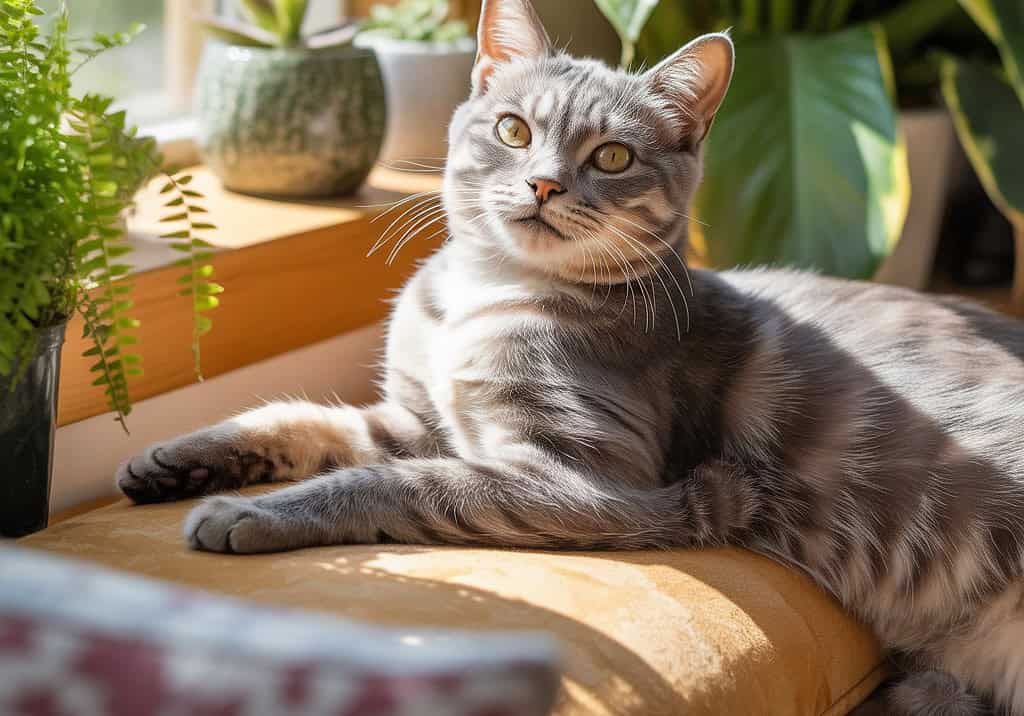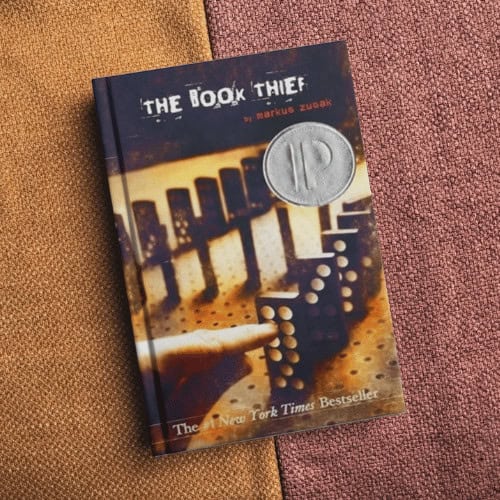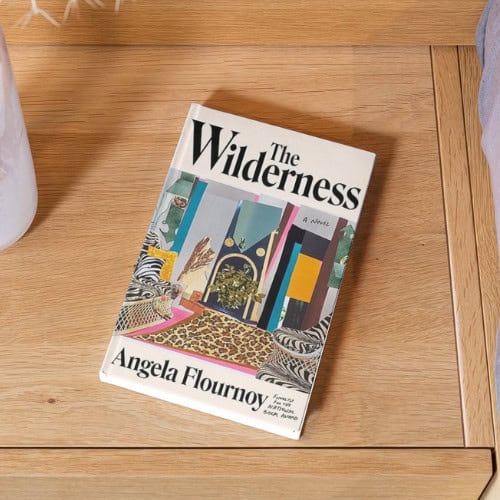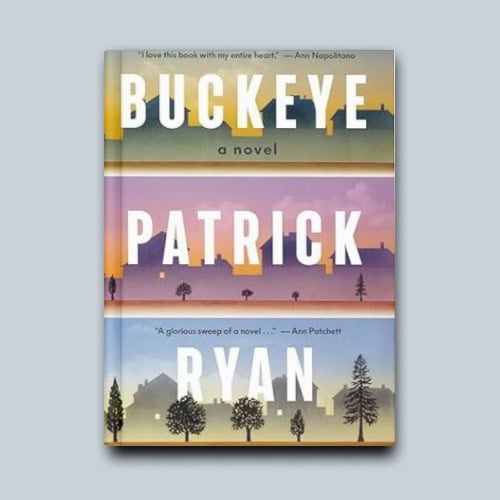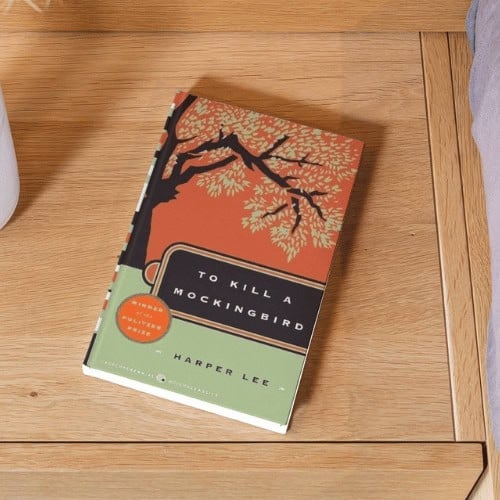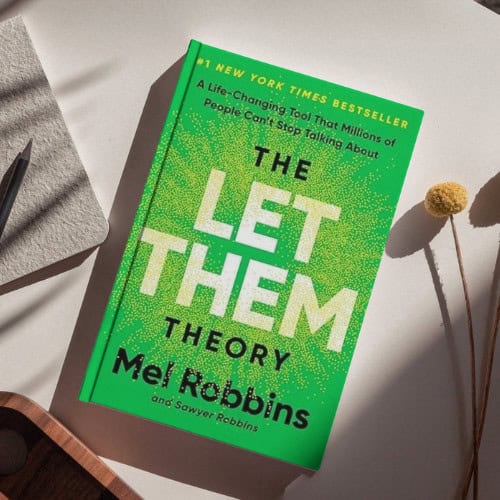Keeping your feline friend entertained can be a challenge, but homemade cat toys offer a fun and creative solution. Engaging in cat play with toys made at home not only stimulates their natural hunting instincts but also strengthens the bond between you and your pet.
Making DIY cat toys is easier than you think, and it allows you to customize the toys according to your cat’s preferences. With simple household materials, you can create a variety of engaging toys that will keep your cat active and entertained.
Key Takeaways
- Create interactive toys using household items.
- Customize toys based on your cat’s preferences.
- Engage in fun and creative cat play with your pet.
- Strengthen the bond between you and your cat.
- Keep your cat active and entertained with homemade toys.
Why DIY Cat Toys Are Better Than Store-Bought Options
While store-bought cat toys have their place, DIY cat toys provide a unique set of benefits that make them a superior choice. Creating your own cat toys at home can be a fun and rewarding experience, allowing you to tailor the toys to your cat’s individual preferences and needs.
Cost-Effective Entertainment for Your Feline Friend
One of the primary advantages of DIY cat toys is their cost-effectiveness. By repurposing household items, you can create a variety of engaging toys without breaking the bank. For example, a simple cardboard tube can be transformed into a fascinating toy with a few holes cut into it, providing your cat with hours of entertainment.
| DIY Toy | Cost | Entertainment Value |
|---|---|---|
| Cardboard Tube Toy | $0 (using household items) | High |
| Sock Mouse | $0 (using old socks) | High |
| Feather Wand | $5 (using a stick and feathers) | Very High |
Personalized Play Experience
DIY cat toys allow you to tailor the play experience to your cat’s individual preferences. For instance, if your cat loves to chase laser pointers, you can create a DIY laser toy using a simple LED light and a battery. This personalized approach ensures that your cat remains engaged and stimulated.
Benefits of Personalization: By creating toys that cater to your cat’s unique preferences, you can enhance their play experience and strengthen your bond with them.
Environmental Benefits of Homemade Toys
The environmental benefits of DIY cat toys are another significant advantage. By repurposing household items, you can reduce waste and minimize your carbon footprint. For example, using old t-shirts to create a rope toy not only provides your cat with a durable toy but also keeps the t-shirt out of landfills.
Reducing waste and reusing materials are key aspects of sustainable living, and creating DIY cat toys is a fun and creative way to achieve this.
Essential Materials and Safety Considerations
Creating DIY cat toys requires a thoughtful selection of materials to ensure they are both fun and safe for your feline friend. The right materials can make all the difference in providing your cat with a stimulating and enjoyable play experience.
Common Household Items You Can Repurpose
Many common household items can be repurposed into engaging DIY cat toys. For example, old socks can become cuddly mice, while cardboard tubes can transform into interactive puzzle toys. Other items like paper bags, yarn, and felt are also great for crafting a variety of toys that will captivate your cat’s senses.
- Old socks
- Cardboard tubes
- Paper bags
- Yarn
- Felt
Materials to Avoid for Cat Safety
While creativity is encouraged, there are certain materials that should be avoided when making DIY cat toys. These include small parts that can be swallowed, sharp objects that can cause injury, and materials treated with chemicals or pesticides. Ensuring your cat’s safety means being mindful of the materials you choose.
| Material | Reason to Avoid |
|---|---|
| Small parts (e.g., buttons, beads) | Choking hazard |
| Sharp objects (e.g., scissors, pins) | Risk of injury |
| Chemically treated materials | Toxicity risk |
Preventing Choking Hazards
One of the most significant risks associated with DIY cat toys is the potential for choking hazards. To mitigate this risk, ensure that any small parts are securely attached and that the toys are designed with safety in mind. Regularly inspecting the toys for wear and tear can also help prevent accidents.
By being mindful of the materials used and taking steps to prevent choking hazards, you can create a safe and enjoyable play environment for your cat.
The Sock Mouse: A Classic DIY Cat Toy
The Sock Mouse is a timeless DIY cat toy that can be made with minimal materials and effort. It’s a great way to repurpose old socks and provide your cat with a new toy to enjoy.
Materials Needed
To make a Sock Mouse, you’ll need a few simple materials:
- 1 old sock (preferably made of a soft, stretchy material)
- Some catnip or other stuffing material
- Thread or yarn for sewing
- A needle
- Scissors
| Material | Purpose |
|---|---|
| Old Sock | Main body of the toy |
| Catnip/Stuffing | To make the toy appealing to cats |
| Thread/Yarn | For sewing the toy together |
Step-by-Step Instructions
Follow these simple steps to create your Sock Mouse:
- Fill the sock with catnip or your chosen stuffing material.
- Tie a knot at the open end to keep the filling inside.
- Use thread or yarn to create a mouse-like shape by sewing the sock into a rough mouse form.
- Trim any excess thread or material.
- Your Sock Mouse is now ready to be enjoyed by your cat!
Why Cats Love It
Cats are naturally drawn to the Sock Mouse because of its texture, smell, and the way it moves. The catnip filling adds an extra layer of appeal, making it a toy that cats will love to bat around and play with.
The Sock Mouse is a simple yet effective DIY cat toy that can provide your feline friend with hours of entertainment. By repurposing an old sock, you’re not only saving money but also reducing waste.
T-Shirt Rope Toy: Durable Fun for Aggressive Chewers
If your cat is an aggressive chewer, creating a T-Shirt Rope Toy can provide them with durable entertainment. Cats that chew aggressively need toys that can withstand their enthusiasm, and a T-Shirt Rope Toy is an ideal choice because it’s made from robust materials and designed to last.
Materials Needed
To make a T-Shirt Rope Toy, you’ll need:
- An old T-shirt (preferably made of cotton)
- A pair of scissors
- A surface to work on
The T-shirt material is crucial as it determines the toy’s durability and safety for your cat.
Step-by-Step Instructions
Here’s how to make the T-Shirt Rope Toy:
- Cut the T-shirt into long strips, about 1-2 inches wide.
- Braid three strips together to form a rope. You can secure the ends with a knot.
- Trim any loose threads to prevent your cat from swallowing them.
This process is straightforward and results in a durable toy that can withstand aggressive chewing.
Why Cats Love It
Cats are naturally drawn to the texture and flexibility of the T-Shirt Rope Toy. The braided design provides a stimulating surface for them to chew on, and the rope’s flexibility makes it easy to bat around.
| Benefits | Description |
|---|---|
| Durability | The T-Shirt Rope Toy is designed to withstand aggressive chewing. |
| Stimulating Texture | The braided rope provides a stimulating surface for cats to chew on. |
| Ease of Making | The toy is simple to make using an old T-shirt and basic household tools. |
Cardboard Box Puzzle: Engaging Your Cat’s Mind
Cardboard boxes are more than just packing materials; they can be turned into stimulating puzzles for your cat. Cats are naturally curious creatures, and engaging their minds is crucial for their overall well-being.
Making a cardboard box puzzle is a simple and cost-effective way to provide your cat with the mental stimulation they need.
Materials Needed
To create a cardboard box puzzle, you’ll need a few simple materials:
- A sturdy cardboard box
- A utility knife or scissors
- Treats or kibble
Step-by-Step Instructions
Here’s how to make the puzzle:
- Cut holes of varying sizes in the box.
- Place treats or kibble inside the box.
- Encourage your cat to figure out how to get the treats out.
| Step | Description |
|---|---|
| 1 | Cut holes in the box |
| 2 | Add treats or kibble |
| 3 | Let your cat solve the puzzle |
Why Cats Love It
Cats love the cardboard box puzzle because it challenges their problem-solving skills and provides a fun way to eat their treats. The puzzle also keeps them engaged for extended periods, reducing boredom and stress.
By providing mental stimulation, you’re contributing to your cat’s overall happiness and health.
Paper Bag Crinkle Toy: Simple Yet Effective
The simplicity of a paper bag crinkle toy belies its effectiveness in entertaining cats. Cats are often fascinated by the crinkling sound and the texture of the paper bag, making it an engaging toy.
To create this toy, you’ll need a few simple materials.
Materials Needed
The materials required are straightforward: a paper bag, scissors, and some catnip (optional).
- A paper lunch bag or any similar-sized paper bag
- Scissors to cut the bag into desired shapes or strips
- Catnip for added allure (optional)
Step-by-Step Instructions
To make the paper bag crinkle toy, start by cutting the paper bag into strips or shapes. You can cut them into uniform strips or create different shapes to make it more intriguing for your cat. If you choose to use catnip, sprinkle it on the strips or shapes to make them more appealing.
- Cut the paper bag into the desired shapes or strips.
- If using catnip, sprinkle it onto the cut pieces.
- Play with your cat using the crinkle toy, encouraging them to bat at it or chase it.
Why Cats Love It
Cats are drawn to the crinkling sound and the texture of the paper bag. The noise and feel stimulate their natural hunting instincts, providing entertainment and engagement. The addition of catnip can further enhance the toy’s appeal, making it a favorite among felines.
In conclusion, the paper bag crinkle toy is a simple, effective, and easy-to-make toy that can provide your cat with hours of fun.
7 Easy DIY Cat Toys You Can Make at Home
Creating DIY cat toys is an excellent way to ensure your feline friend stays entertained, active, and healthy. Engaging your cat with the right toys can have a significant impact on their overall well-being.
Benefits of Regular Play for Cat Health
Regular play is crucial for maintaining your cat’s physical and mental health. It helps prevent obesity, reduces stress, and keeps their muscles active. DIY cat toys can be tailored to your cat’s preferences, ensuring they get the most out of playtime. For instance, toys that encourage jumping and pouncing can help improve your cat’s agility and coordination.
Moreover, interactive play stimulates your cat’s mind, reducing the likelihood of boredom and related behavioral issues. By incorporating a variety of toys and play styles, you can keep your cat engaged and interested.
Matching Toys to Your Cat’s Play Style
Understanding your cat’s play style is key to choosing or making the right toys. Cats have different preferences when it comes to play; some enjoy chasing, while others prefer batting at objects or cuddling. Observing your cat’s behavior can help you identify their favorite activities and create toys that cater to these preferences.
For example, if your cat enjoys chasing, a feather wand or a laser pointer toy can be an excellent choice. On the other hand, cats that prefer to bat around objects might enjoy a crinkle ball or a DIY sock mouse. By matching toys to your cat’s play style, you can enhance their play experience and overall satisfaction.
Toilet Paper Roll Treat Dispenser: Rewarding Entertainment
With just a few simple steps, you can turn a toilet paper roll into an interactive treat dispenser for your feline friend. This DIY project is not only fun but also provides your cat with a challenging and rewarding toy.
The toilet paper roll treat dispenser is an excellent example of an interactive cat toy that can be made at home. It’s a great way to keep your cat engaged and stimulated, reducing boredom and stress.
Materials Needed
To make a toilet paper roll treat dispenser, you will need the following materials:
- Toilet paper roll
- Scissors
- Treats (your cat’s favorite snacks)
- Pencil or stick
Step-by-Step Instructions
Follow these steps to create the treat dispenser:
- Cut holes of varying sizes in the toilet paper roll. Make sure the holes are not too big or too small for the treats to pass through.
- Fill the roll with your cat’s favorite treats.
- Use a pencil or stick to help push the treats into the roll if needed.
- Give the treat dispenser to your cat and watch as they figure out how to get the treats out.
Why Cats Love It
Cats love the treat dispenser because it challenges them to problem-solve and rewards them with treats. The varying sizes of the holes keep the game exciting and engaging, providing mental stimulation and satisfaction.
Feather Wand: The Ultimate Interactive Toy
Cats are natural predators, and a DIY feather wand can stimulate their hunting instincts, providing hours of entertainment. This simple, interactive toy mimics prey, encouraging your cat to pounce and chase, thus exercising their natural behaviors.
Materials Needed
To create a feather wand, you’ll need a few basic materials: a sturdy stick or dowel, some string or twine, and feathers. You can use any type of feather, but brightly colored or iridescent feathers tend to be more enticing to cats. Optional materials include beads or other decorative items to add weight or visual interest.
Step-by-Step Instructions
Start by tying one end of the string to the stick, ensuring it’s securely attached. Then, tie the feathers to the other end of the string. You can use a single feather or multiple feathers tied together. If you’re using beads, you can thread them onto the string before attaching the feathers. The goal is to create a toy that moves enticingly when manipulated.
To make the feather wand more durable, consider using a stronger material for the stick and a sturdy knot to tie the string. This will help withstand the cat’s energetic play.
Why Cats Love It
Cats are drawn to the feather wand because it simulates the movement of prey, triggering their hunting instincts. The unpredictable motion of the feathers encourages cats to jump, pounce, and chase, providing a fun and engaging play experience. This interactive play is not only entertaining but also essential for a cat’s physical and mental well-being.
Conclusion
Making DIY cat toys at home is a simple and cost-effective way to provide your feline friend with a more engaging and stimulating life. By repurposing common household items, you can create a variety of toys that cater to your cat’s unique preferences and play styles.
The benefits of homemade toys extend beyond just entertainment. They also promote exercise, mental stimulation, and bonding between you and your cat. As we’ve explored throughout this article, DIY cat toys offer a personalized play experience that’s tailored to your cat’s individual needs.
In summary, incorporating DIY cat toys into your cat’s play routine can have a significant impact on their overall well-being. By making these toys, you’re not only providing your cat with hours of fun but also contributing to their physical and mental health. So why not get creative and start making some DIY cat toys today, and discover the joy of watching your cat thrive with homemade toys benefits.
As you explore the world of DIY cat toys, you’ll likely find that it’s a fun and rewarding experience for both you and your cat. With a little creativity, you can create a cat play summary that’s filled with excitement, joy, and stimulation, reaching a satisfying DIY cat toys conclusion.

